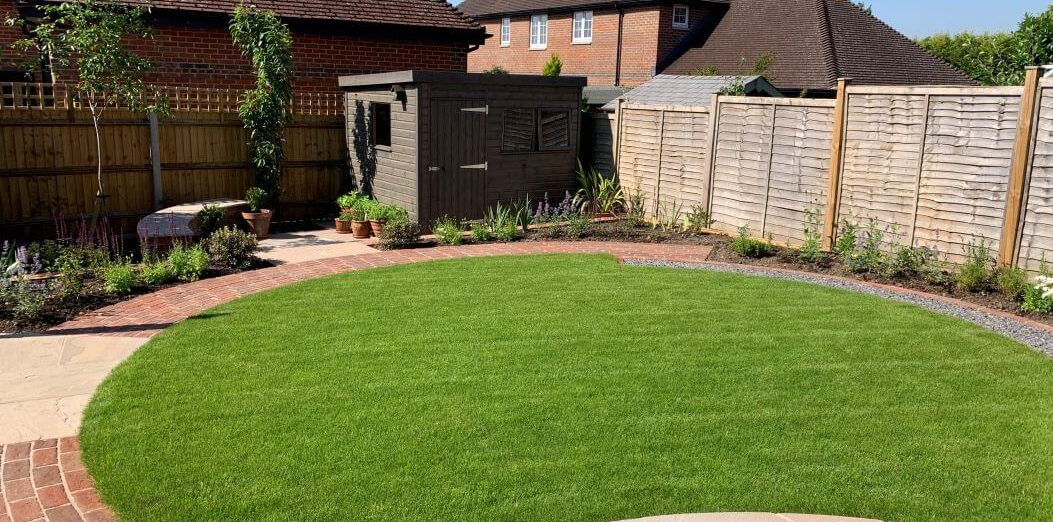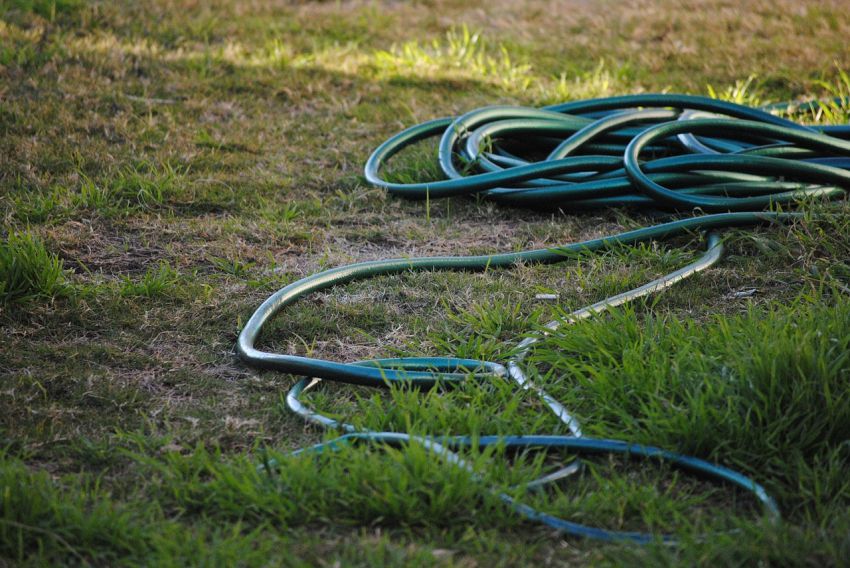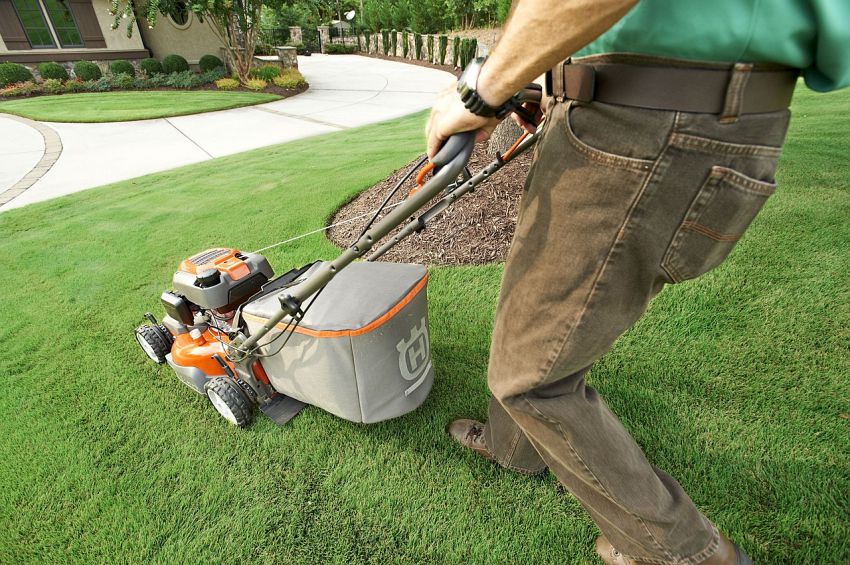Lawn recovery after a hot, dry summer

What should I do with my lawn after the ravages of last summer?
In summary: Don’t panic!! Replacing your entire lawn is almost certainly not necessary; the vast majority of lawns will completely recover with some standard lawn care. Read on for more detail.
Drought and sustained hot weather are tough on our gardens, especially our lawns. But grass is pretty tough, and as the weather turns cooler and damper, most lawns recover well.
It does often take all winter for many lawns to really pick up, and this delay means that by the end of the winter, many gardeners find they have sections of what was once lawn, inhabited by moss and weeds – with weeds in particular being very quick to infill any bare patches.
As a result, it’s not unusual for us to get a lot of enquiries at ALDA, from people contemplating removing their entire lawn, and replacing it with new turf.


But is this draconian action – and its associated cost – really necessary? In most cases, almost certainly not. Our advice is “Don’t Panic”! The vast majority of lawns will completely recover with some standard lawn care – mowing, scarifying, overseeding etc:
- Start by mowing the lawn
- Remove any weeds growing in bare patches
- Scarify the lawn to rake out moss and any debris, and also to loosen and level the top of the soil surface
- If the soil is heavily compacted, perhaps think about aerating the areas affected
- Overseed the areas with a mix of grass seed, sharp sand and a decent compost (very approximately equal proportions of each)
- Keep the area moist
Within a few weeks, you should begin to see a big improvement.
Also bear in mind that all lawns tend to look their worst at the end of winter when they haven’t been cut for a while, and may have had snow lying on them, or been frosted etc. It’s amazing what a few cuts, and a bit of Spring growth will do all on its own – and if you wish to also feed the lawn, the transformation by May / June will be amazing.
So before you go all-out on a newly turfed lawn, consider whether a spot of lawn recovery work might be worth a try first.